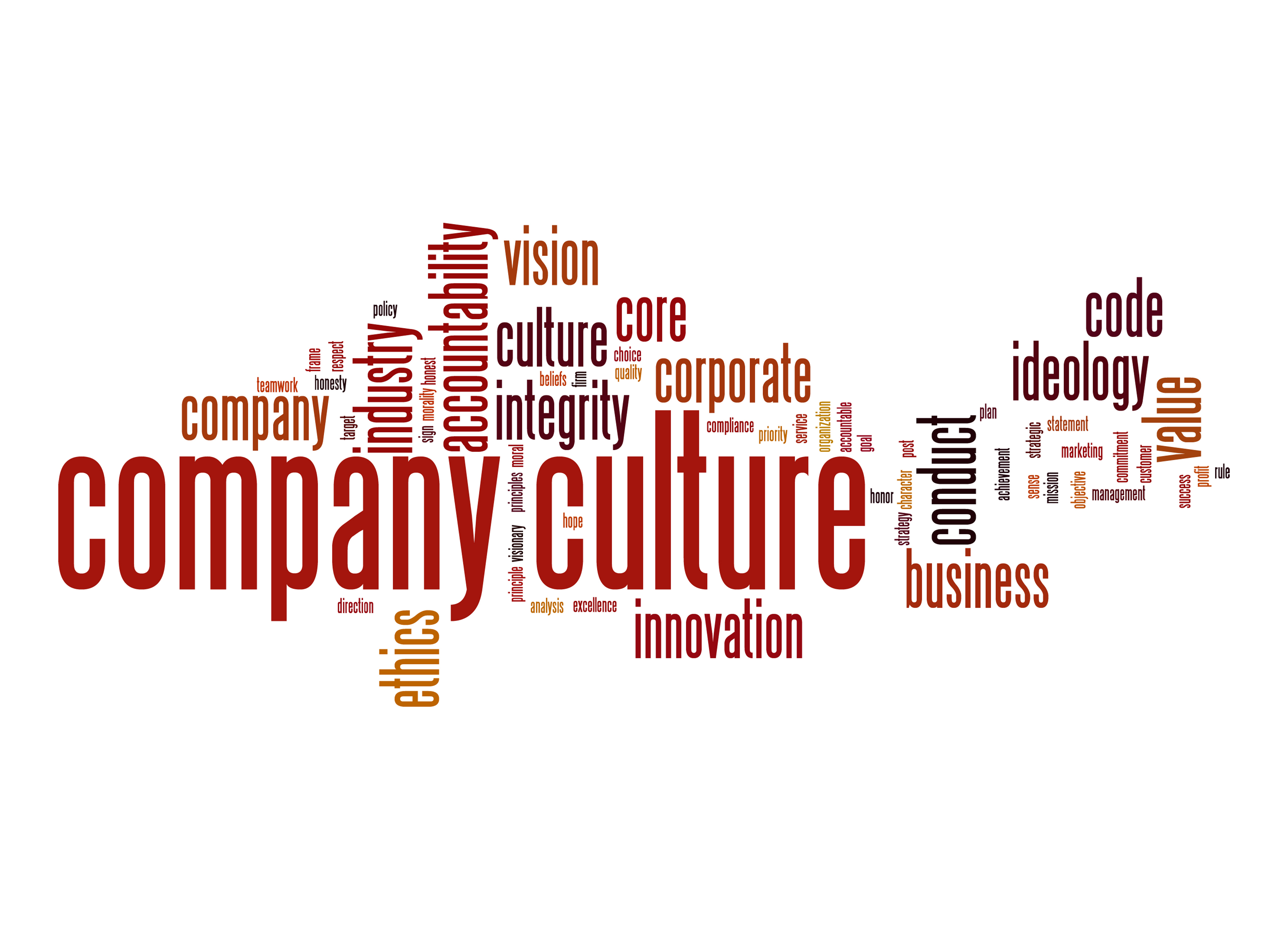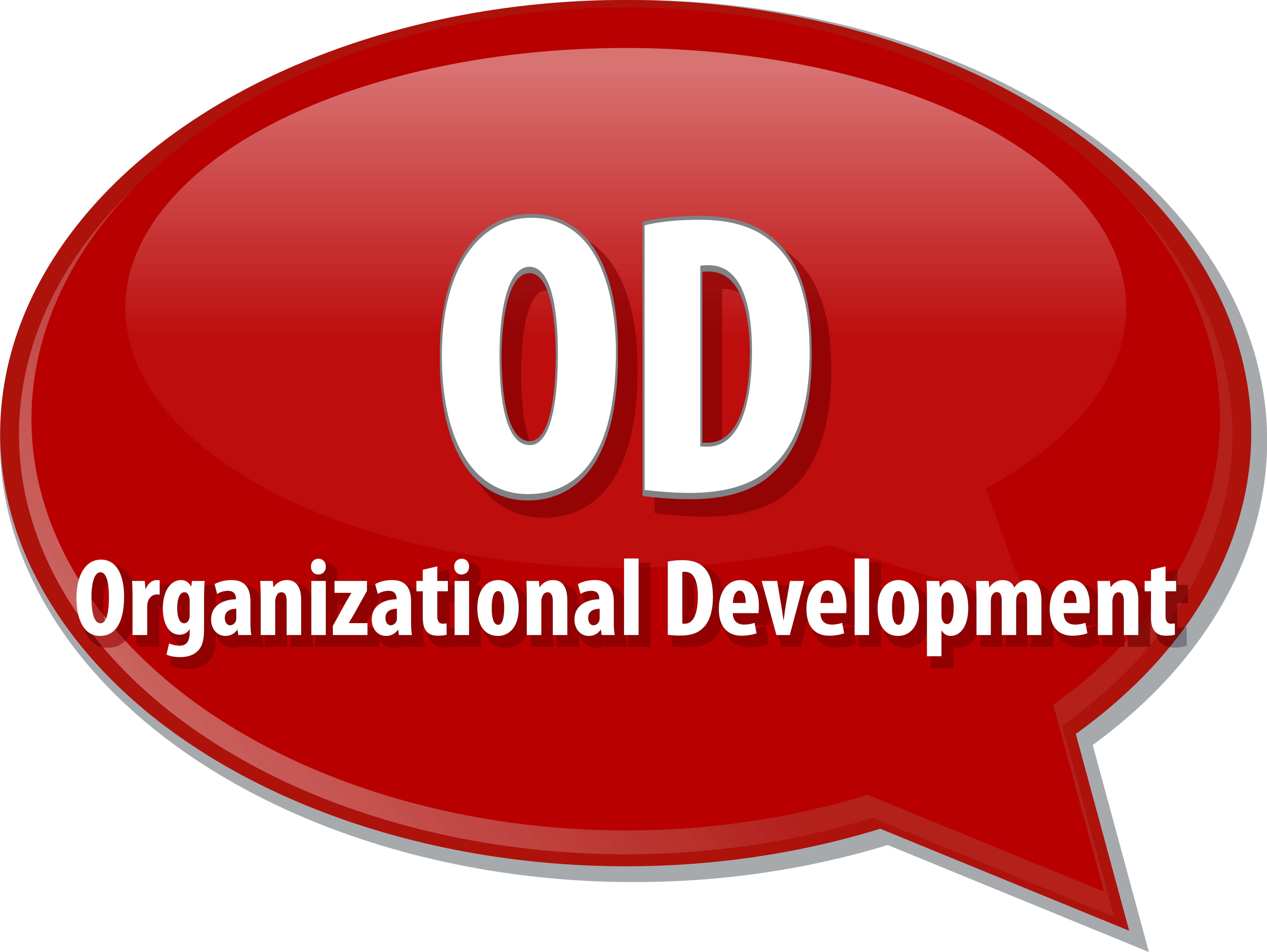 Success stories in organizational development frequently reveal a common pattern.
Success stories in organizational development frequently reveal a common pattern.
- Highly-defined shared values with integrity at the core.
- Transparent communication, creating collaboration and partnerships.
- Learning based environments steeped in knowledge sharing and mentoring.
Business processes often span organizational boundaries, demonstrating extreme agility. This agility ensures that initiatives receive universal acceptance and that crises meet with a united response.
Sounds fantastic, doesn’t it? Now, what do you see when you look at your organization?
In the field, I often see micro-cultures centered around individual departments, leading to fragmented and conflicted organizations. I find cross-functional departments at odds with one another, group resentment with accusations of special attention being shown, finger pointing, scapegoatism, and a general sentiment of us-against-them hanging thick in the air.
Just a few minutes reading company reviews on Glassdoor will highlight how often organizations are dealing with the fallout from negative departmental culture taking control.
Why is our organizational development allowing this to occur?
How do we remove unhealthy department-centered cultures and build positive, value-aligned organizational ones?
Step One – let’s go back to the beginning.
Department-centered cultures take hold when organizations lack agreed-upon shared values and engage in non-transparent communication. The result: an every-person-for-themselves environment, conveying alienation and lack of trust.
Weakness in agreement and intensity of your organization’s values breeds vulnerability in its fundamental structure. This allows fractioned micro-departmental cultures to become the ruling force.
Organizational development starts by building a culture based on agreed upon values and intensity in supporting those values. Such a culture fosters open relationships, trust in your brand, long-term performance, employee retention, and an environment ripe for learning, positivity, and growth.
How do you build a strong, value-based organizational culture?
- Establish your organizational values and emphasize integrity, commitment to legal and regulatory compliance, and business ethics. Include every member in this process, gaining their support and sign off on it.
- Leaders must embody these values, ensuring that they and others in the organization comply with the law and act ethically.
- Your message needs to be consistent and align with your values throughout every aspect of your organization.
- Mid-level managers turn principles into reality. These leaders are who show, on a daily basis, what your organization is about.
- Employees are encouraged and supported to come forward with concerns or questions involving compliance and ethics.
- Internal matters are adjudicated fairly regardless of organizational level.
- Talent acquisition is based on cultural fit, character, and skillset. Onboarding immerses new hires in organizational culture, and mentoring reinforces values.
- Upholding values is rewarded while the opposite is met with negativity.
- After establishing a strong organizational culture, continuously reinforce it with consistent intensity.
Now you are ready to address the departments themselves by being a mentor, liaison, and ambassador who establishes organizational partnerships and bridges departmental boundaries.
When each department performs in a bubble, rarely are its members seen as individuals. There is little appreciation for what they do, as others cannot see how hard they work, the results they achieve or the sacrifices they make. This insularity fosters unhealthy micro-departmental cultures.
Combat this by creating opportunities for departments to share and communicate their responsibilities, milestones, and challenges while helping to evangelize how their efforts and contributions are impacting the organization as a whole.
- Work to personalize departments, breaking down boundaries and highlighting individuals.
- Provide multi-channel communications for sharing and congratulating others beyond immediate co-workers.
- Develop mentorship programs, pairing cross-functional groups together.
- Communicate with transparency and share achievements and appreciation, along with areas in need of improvement, throughout the entire organization.
- Ensure victories are celebrated across departmental boundaries, and pain point identification and solutions are collaborated upon organizationally.
Also, remember to turn negatives into positive opportunities. When one department has a crisis, call upon other departments to lend a hand and offer support. Once a month, hold an organization stand-up and enlist departments in partnering to provide solutions. This is an opportunity for open, transparent discussion regarding “could have done betters,” and sharing lessons learned. Encourage addressing roadblocks and reaching out for help while promoting reciprocation.
Crises and elusive solutions bring opportunity that would have otherwise never presented itself. Merge cross-functional departments together to expose and explore those opportunities, adding value and strengthening your organizational development.
Successful organizational development requires the creation of cultures rooted in strong value sharing and transparency. Micro-departmental cultures based on unhealthy attitudes such as “them against us,” will weaken the organization and jeopardize its mission. Start by achieving agreement and intensity in your organizational culture, and then work to unite departments alleviating “departmental think,” building an environment of human interaction across boundaries.
Danielle VanZorn, PMP, SPHR, SHRM-SCP


